
Limitless possibilities
Unique surroundings, perfect for winemaking
Our dynamic terroir ranges from 1,000 to 3,500 feet with hundreds of microclimates providing endless opportunities for our creative winemakers to experiment with nearly 100 distinct wine varieties.
Warm days and cool nights
Mountain born, intense flavors and distinct character
Our mountain vineyards are on steep hillsides with warm summer days and cool nights. It’s an environment that gives wines luscious fruit, an alluring balance, gentle tannins, and body and depth.
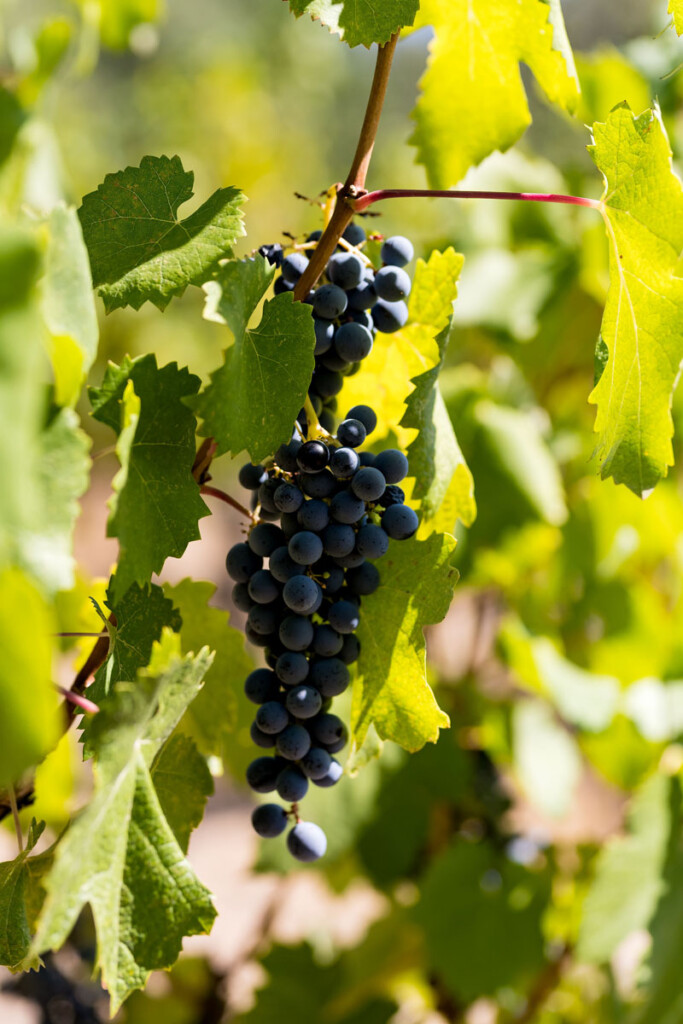
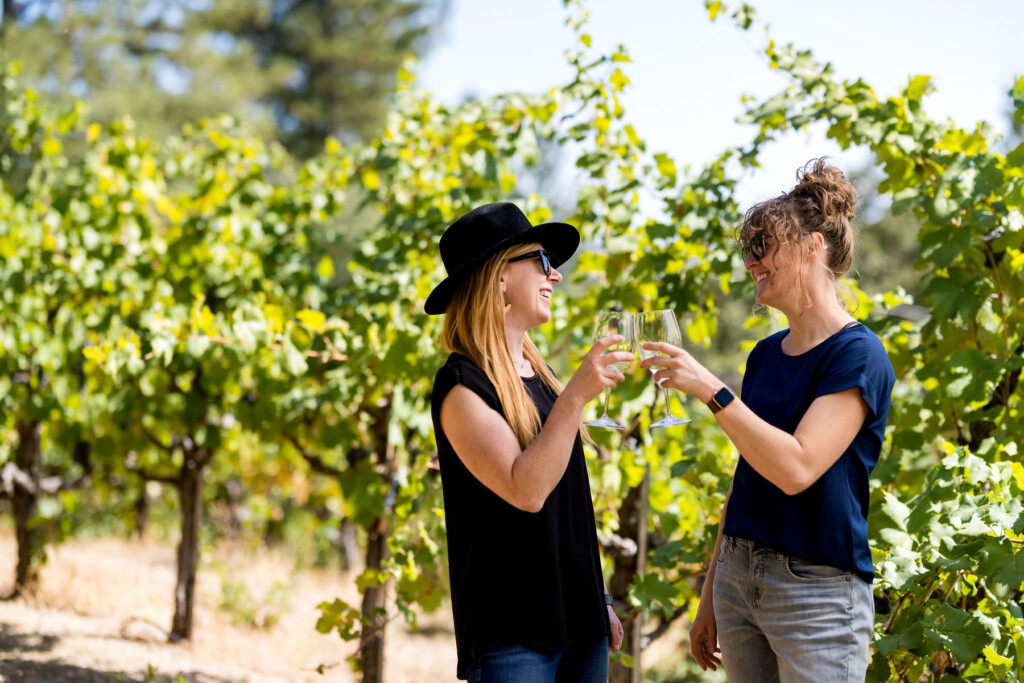

The story that built us
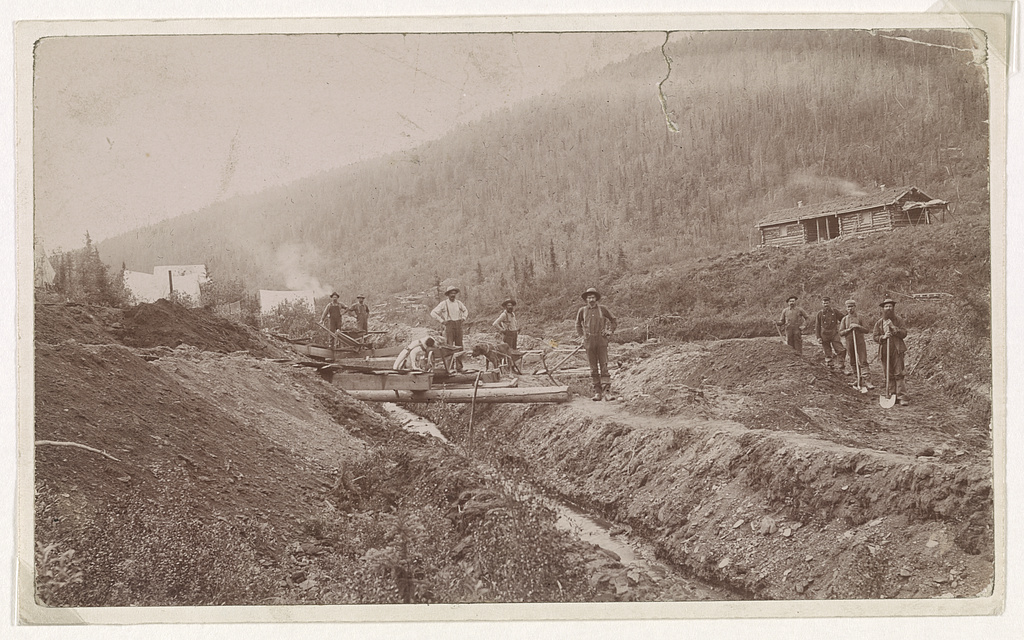
It all began in 1848
California's Gold Rush and the planting of the first vines.
California’s Gold Rush began in El Dorado County in 1848 with James Marshall’s discovery of gold at Sutter’s Mill, on the South Fork of the American River in Coloma. As legions of people flocked to California to claim their fortunes, the region’s winemaking industry was born.
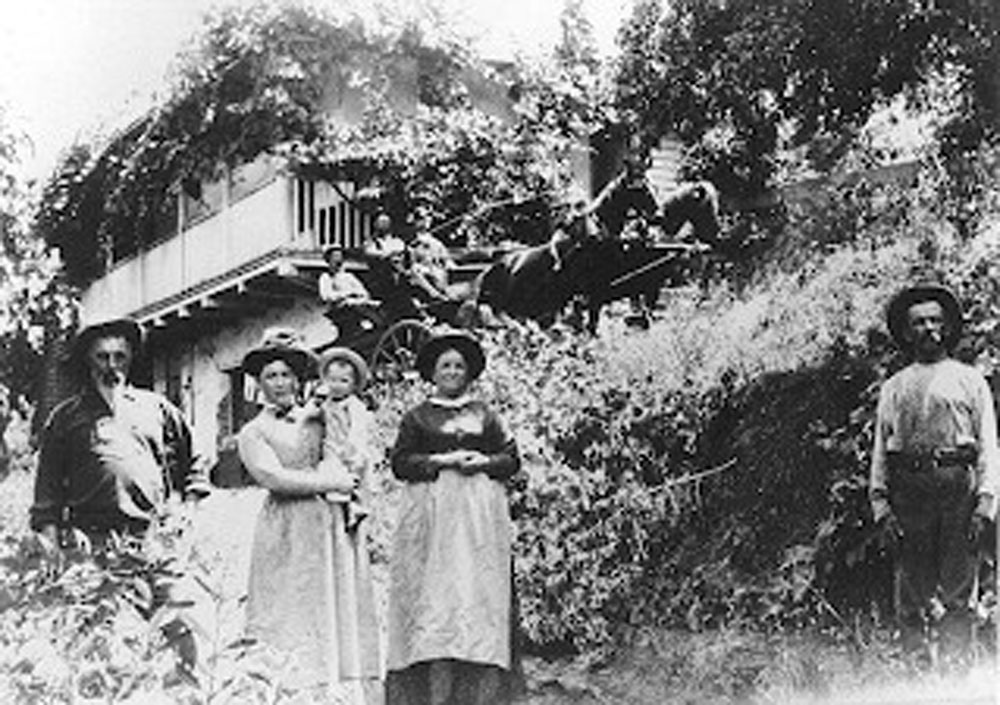
By 1870
The early pioneers of California winemaking
El Dorado County was among the largest wine producers in the state, trailing only Los Angeles and Sonoma counties. The local wine industry flourished until just after the turn of the century when there were approximately 2,000 acres of vines in the county. Shortly thereafter, El Dorado began a gradual decline, brought about by poor economic conditions and a diminishing local population. Prohibition was but the last straw.
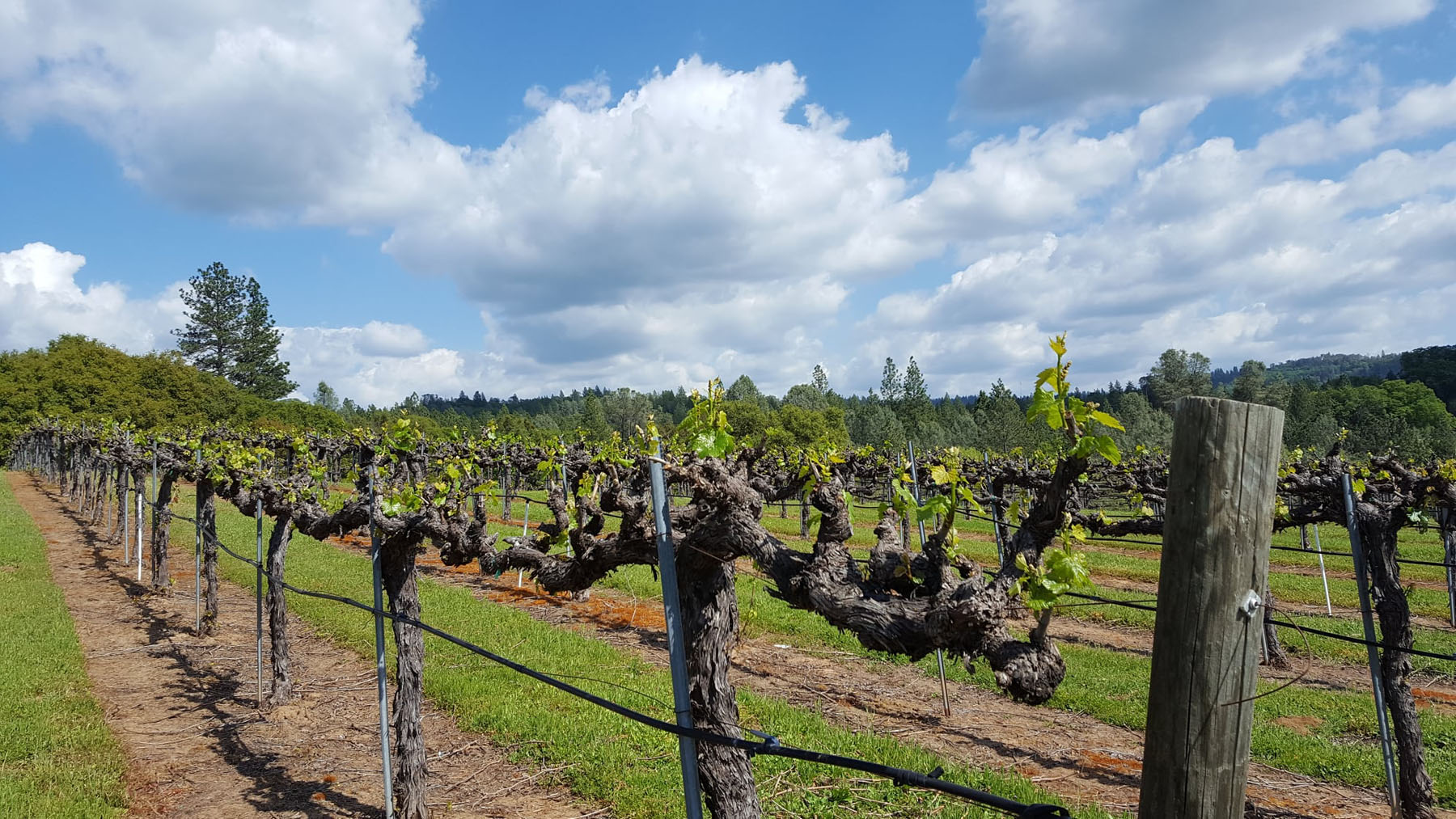
1920 - 1960
Rebirth
Viticulture virtually disappeared from the county. It wasn’t until the late 1960s that winegrowing made a resurgence. Following the development of several experimental vineyards, it became apparent that both the climate and soil of El Dorado County were ideally suited to the production of high quality, dry table wines. With the opening of Boeger Winery in 1973, El Dorado was once again on its way to becoming an important winegrowing region.

Present
A can't-miss California wine region with boutique independent wineries
Today, the county has more than 2,000 acres of vines, is home to approximately 50 wineries, and produces some of California’s most sophisticated wines. El Dorado was designated an American Viticultural Area (AVA) in 1983.
Fun fact: There are over 100 distinct wine varieties in El Dorado County! 🍇
Each winery offers uniquely different—and delicious—wines. From Picpoul to Primitivo, Grenache to Gewurztraminer, El Dorado AVA wines never disappoint.
And did we mention they’re award-winning? 🏆
#ElDoradoWines #ElDoradoAVA #WineVarietals

November is an ideal time to stock up on your favorite #ElDoradoWines. 🍁 🍷
It’s also a beautiful time of year to visit our wineries, many of which are featuring new releases, holiday specials, and our favorite, cozy tasting rooms!
#ElDoradoAVA #WineTasting #HolidayWines

Happy Halloween! 🎃 👻 May yours be all treats and no tricks. 🍷
#ElDoradoWines #HappyHalloween #CandyandWine #ElDoradoCounty

Nevada friends, we look forward to hosting you at our wineries this weekend. 🍷 Join us October 31-November 2 for wine club discounts, complimentary tastings, and more!
See all the offerings at ElDoradoWines.org/Nevada-Days or the link in our bio.
#ElDoradoWines #NevadaDays #Nevada #Wine

🍁 Fall at the El Dorado wineries is not to be missed.✨
📷 @starfieldvineyards
#ElDoradoWines #FallColors

Looking for fall colors at our wineries? 🍁 🍂 🍷 Our guide has all the information you need to enjoy the best colors in Gold Country. Check it out on our blog (link in bio).
#ElDoradoWines #FallColors #LeafPeeping #ElDoradoCounty #WineCountry #VisitCalifornia

Still savoring every harvest sunset.
📷 @chateaudestienne
#ElDoradoWines #Harvest #Sunset #ElDoradoCounty #WineCountry

This month (and this season), let wine bring you closer. The seemingly simple act of sharing wine with friends extends beyond simply enjoying a glass together.
🍷 It allows you to share what matters—spending time with the people you care about, building community, and creating memories.
🍷 That’s the philosophy behind Come Over October, a campaign we’re thrilled to support.
🍷 Wine has many aspects, from social to economic, and we hope you join us in celebrating all the reasons to enjoy it this month.
Learn more at the link in bio.
#ElDoradoWines #ComeOverOctober #ComeOverOctober2025 #Gather #GatherWithWine #ComeTogether #ComeTogetherWithWine #WinePairings #Cultures

Kudos to our member wineries who were recognized at the 2025 Foothill Wine Fest! 🎉 El Dorado wineries received 44 Best of Show, Best of Region, and Double Gold, 40 Silver, and 12 Bronze medals!
We`re thrilled that the wines from our region have received numerous awards. A partial list is below.
🏅 @goldenleaveswinery – 2023 Asmodeus Merlot Dessert Wine, Best of Show Dessert Wine
🍷 @starfieldvineyards – 2023 Grenache, Best of Region Grenache, and Double Gold for its 2022 Sparkling Brut Rose
🏅 @skinnervineyards – 2024 Grenache Blanc, Best of Region Grenache Blanc, and Double Gold for its 2023 Dry Diggings
🍷 @docmanovwinery – 2024 Gewurztraminer, Best of Region Other White Varietals, and Gold for its 2024 Negroamoro, 2022 Ruby Syrah, and 2024 Sangiovese Rose
🏅 @nelloolivewinery – 2021 The Grapefather, Best of Region Red Blended Bordeaux and Double Gold for its 2020 Super Tuscan
🍷 @boegerwinery – 2022 Sangiovese, Best of Region Sangiovese, and Double Golds for its 2022 Charbono and 2025 Sauvignon Blanc
🏅 @lavacapwinery – 2024 Vermentino, Best of Region Viognier, and Double Golds for its 2023 Old Vine Zinfandel and 2023 Sangiovese
🍷 @windwalkervineyard – 2022 Barbera, Double Gold and Gold for its 2023 Petite Sirah, 2023 Sangiovese, and 2024 Sauvignon Blanc
🏅 @crystal_basin_cellars– Gold for its 2021 Barbera, 2021 Cabernet Sauvignon, and 2019 CS3
🍷 @findletonestate – Gold for a slew of wines, including the 2023 Barbera, 2023 Chardonnay, 2023 Pinot Clone 777, and 2024 Roussanne Viognier
🏅 @hollyshill – Its 2023 Mourvedre, 2023 Patriarche, 2023 Grenache Noir, and Rockbound received Gold
🍷 @shadowranch– Gold for its 2023 Cabernet Sauvignon and 2023 Tempranillo
Taste them and more at the Foothill Wine Fest on November 8, 2025, at The Palladio in Folsom. Learn more and get tickets at FoothillWineFest.com.
#ElDoradoWines #FoothillWineFest #WineAwards

We look forward to welcoming our Nevada neighbors on Oct 31 – Nov 2. Show your Nevada ID at participating wineries to be a Wine Club Member for a day, receive discounts on wine, and more! Check out a few of our winery offers:
🍷 @boegerwinery : Enjoy being a Wine Club member for the day
🍇 @bumgarnerwinery Camino: Complimentary tasting and wine club member for a day for Nevada residents
🍷 @busbycellars: Complimentary tasting and Wine Club member for the weekend, giving Nevadans 20% off all wine purchases all weekend long!
🍇 @crystal_basin_cellars: Nevada residents are considered club members at our winery over that extended weekend.
🍷 @hart2hartvineyards : Nevada residents will receive Wine Club member benefits for the day: complimentary tasting, and 20% discount on bottled wines.
🍇 @madronavineyards : Club Member for a day, complimentary tasting for Nevada residents, and wine club discounts. Food trucks will be on site on Friday and Saturday.
🍷 @lavacapwinery : Wine Club Member for the day. Complimentary tasting + 20% off purchases.
🍇 @chateau_davell : Club Member for the day, 20% off wines and access to club-only offerings. Limited food menu available.
🍷 @docmanovwinery : Nevada residents (with ID) can enjoy a complimentary tasting + 1 guest, along with a 25% discount on wine purchases.
🍇 @findletonestate : Wine club for the day, complimentary `make your own` gourmet hot dogs, and $5 apple spritzers.
🍷 @mellowoodvineyard : Complimentary wine tasting and 30% off selected cases.
🍇 @shadowranchvineyard : Complimentary tasting and discounts on wine on 10/31
🍷 @skinnervineyards : Nevada residents receive a 20% discount on wines
🍇 @wavwinesofficial : Become a Wine Club Member for the day with a valid Nevada ID.
🍷 @narrowgatevineyards : Enjoy Wine Club member privileges for the day
🍇 @smokey_ridge_ranch : Free wine tasting to everyone with a Nevada ID for Nevada Day weekend
🍷 @starfieldvineyards : Complimentary flights to guests with a valid Nevada ID.
See more at the link in bio.
#ElDoradoWines #NevadaDays

October is full of fun events at our wineries. Think donut pairings, harvest celebrations, and even grape stomping! Don’t miss these reasons to visit this month:
🍇 Harvest Sip & Stomp at @boegerwinery
🍩 Wine + Donuts at @hollyshill
🍕 Wood-fired Pizzas and Live Music at @shadowranchvineyard (📷 @mcbridepictures)
🍷 Bottle Your Own Wine at @toogoodestatewinery
🍁 Harvest Celebration Lunch + Wine Pairing at @narrowgatevineyards:
See more at ElDoradoWines.org/Events
#ElDoradoWines #WineCountry #WineHarvest #HarvestCelebration

Fall feels. 🍁 🍂 We`re ready for them.
📷 @starfieldvineyards
#ElDoradoWines #StarfieldVineyards #ElDoradoCounty #FallVibes
